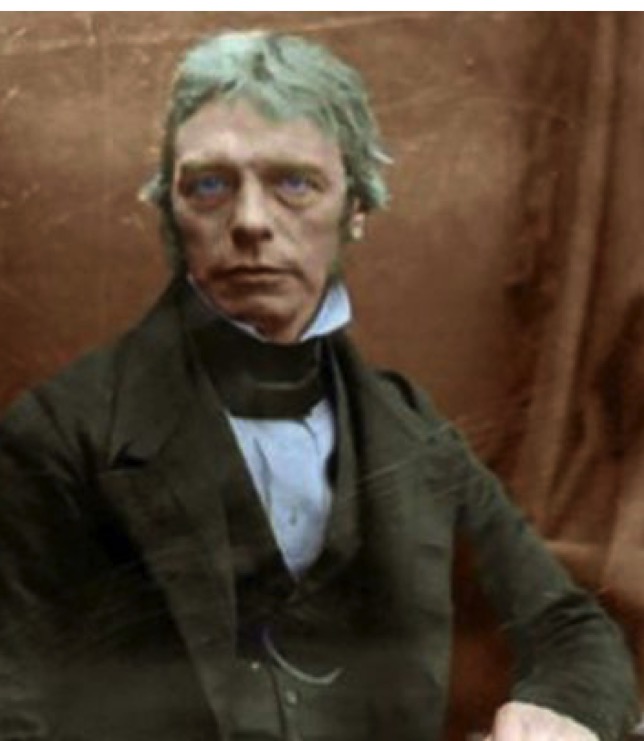History (1831): Michael Faraday Discovers Two Fundamental Components of Magnetic Storage
At heart of modern storage systems
This is a Press Release edited by StorageNewsletter.com on February 14, 2018 at 2:29 pmThis article comes from the Computer History Museum.
1831: Faraday describes electro-magnetic induction
Michael Faraday discovers two fundamental components of magnetic storage
English natural philosopher – the contemporary term for a physicist – Michael Faraday (1791 – 1867) is renowned for his discovery of the interaction between electricity and magnetism that underlie the principles of electro-magnetic induction and electro-magnetic rotation.

Both play essential roles in the magnetic recording and electric motor technologies at the heart of modern storage systems. The unit of measurement of electrical capacitance, the farad (F), is named in his honor. Faraday’s early documentation of a semiconductor effect (in silver sulphide crystals) is less well known.
In a series of lectures to the Royal Society in London, England in 1831, Faraday described the results of his experiments that demonstrated the production of a “current of electricity by ordinary magnets.”
He used a liquid battery to send an electric current through a small coil. When it was moved in or out of a larger coil, its magnetic field induced a momentary voltage in the small coil that was detected by a galvanometer. Scottish mathematical physicist James Clerk Maxwell (1831 – 1879) expressed the time varying aspect of electromagnetic induction as a differential equation that became known as Faraday’s Law.
Although Faraday was first to publish his work, American scientist Joseph Henry (1797-1878) independently made the same discovery in 1832. Henry served as the first secretary of the Smithsonian Institution. The unit of inductance, the henry (H), is named in his honor.













 Subscribe to our free daily newsletter
Subscribe to our free daily newsletter

